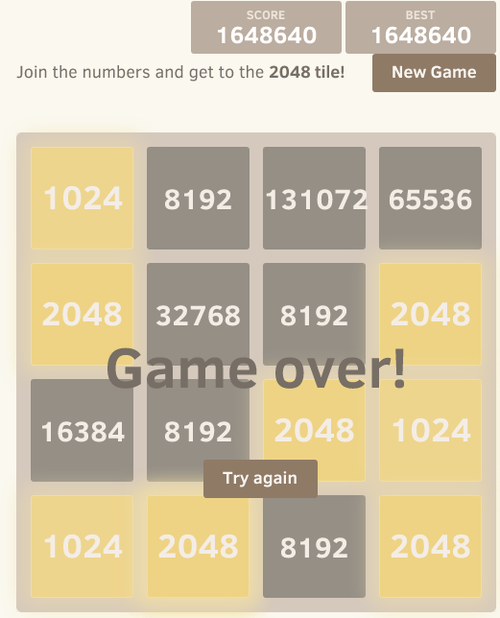Rails does a lot for you, including dynamically generating methods like find_by_[attribute], for every attribute your model has. I had always assumed that rails generated the methods when you start it up. While it’s true that rails generates the methods for you, it’s the where and the how that’s interesting.
method_missing
When you send an object a method in Ruby, it first looks for that method in the object itself, then it looks up the inheritance chain. What happens if it reaches the Object class and still can’t find the method? It calls method_missing, which is defined on Object.
1 2 3 4 5 6 7 8 9 10 11 12 13 14 15 16 17 18 19 20 21 | |
So how can we take advantage of this? By overriding method_missing, we can actually create dynamic methods on the fly. So before, we were adding the [emotion]_sound manually, now we can add them dynamically.
1 2 3 4 5 6 7 8 9 10 11 12 13 14 15 16 17 18 19 20 21 22 23 24 25 26 | |
Now, as long as our Animal class has a particular emotion, we can call [emotion]_sound without defining it ourselves.
respond_to? and respond_to_missing?
Now we need to be able to tell that our Animal class has a method called confused_sound but not angry_sound. The way we do that is by overriding the respond_to? or respond_to_missing? methods. respond_to_missing? has the advantage in that it allows us to use whiskers.method , such as whiskers.method(:confused_sound).
1 2 3 4 5 6 7 8 9 10 | |
These are called ghost methods because if we call whiskers.methods, confused_sound won’t show up.
Rails and Ghost methods
Coming back to Rails, we can see how method_missing can be used to dynamically define finders such as find_by_name, find_by_age, etc. However, going through method_missing every time can be a little slow.
As a result, Rails gets even more meta and actually defines the finders as methods on the Model the first time they are called. This way, they are essentially cached, and the next call will no longer go through method_missing.
Stay tuned for a future post on other details of metaprogramming in Rails with define_method and instance_eval.
